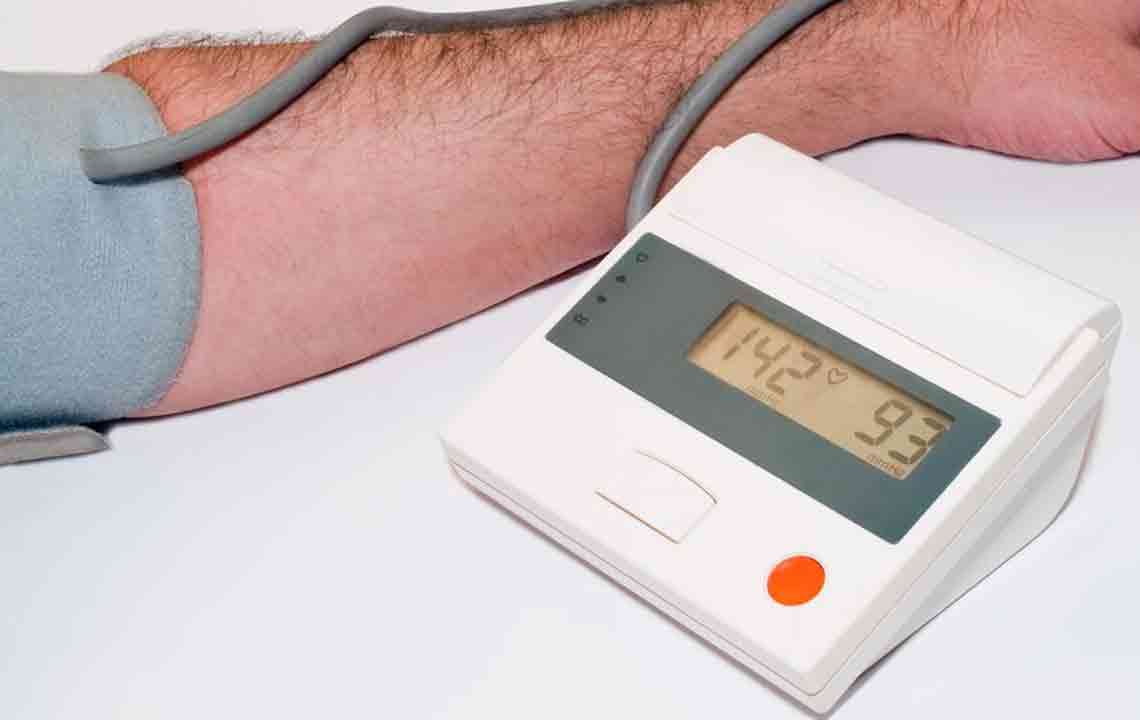Normal Cholesterol levels for a heltheir you

Cholesterol is a waxy fat-like substance produced naturally by our body. It is found in cell membranes and is used in the production of vitamin D, Hormones, and bile acids. As such, normal cholesterol levels are essential for the proper functioning of our body. However, high cholesterol can put you at risk of a heart attack or stroke.
In a healthy individual, the liver produces the optimal levels of cholesterol required by our body. However, certain food that we consume including saturated fats in whole-milk dairy products and meats, Trans fats from foods like palm oil and partially hydrogenated oil and processed foods contain cholesterol. If we increase our intake of foods rich in cholesterol, it can raise the level of cholesterol in our blood.
Total cholesterol level is determined by the level of LDL, HDL, and triglycerides in your blood. Excessive amounts of LDL or low-density lipoproteins and triglycerides are deposited on the inner walls of the arteries that supply blood to the heart. This can lead to narrowing of the passage of the blood vessels and blockages and increase the risk of coronary diseases.
HDL or high-density lipoproteins, on the other hand, are desirable as they carry cholesterol from all parts of the body to the liver, from where they are removed from the body along with other wastes.
High levels of LDL and triglycerides and low levels of HDL raise your risk for heart disease. Hence, it is extremely important to keep these in check to maintain normal cholesterol levels in our body.
According to the American Heart Association, anyone above the age of 20 should have their cholesterol checked every four to six years. Your doctor may prescribe tests at more frequent intervals if your cholesterol levels are higher than normal, or if you have a family history of high cholesterol, or if you are in the high-risk category.
Cholesterol levels chart for adults:
According to the National Heart, Lung, and Blood Institute, the normal cholesterol levels for a healthy adult should be less than 200mg/dL. The detailed guidelines are as follows:
Cholesterol in children – It is recommended that all children between ages 9 and 12 should have their cholesterol levels checked. The tests should be repeated between ages 17 and 21. Kids who are in the high-risk category due to hereditary factors or diseases like those that diabetes should be checked between ages two and eight and again between ages 12 and 16.
Cholesterol levels chart for children: According to the National Institutes of Health, the normal cholesterol levels for a healthy adult should be less than 200mg/dL. The detailed guidelines are as follows: What can affect normal Cholesterol Levels? A variety of factors can affect cholesterol levels.
Diet: Saturated fat, Trans fat, and cholesterol in food can increase the level of cholesterol in your blood. Saturated fat is found in some meats, dairy products, chocolate, baked goods, and deep-fried and processed foods. Trans fats are found in some fried and processed foods.
Weight: Being overweight can increase the normal cholesterol levels of LDL cholesterol and triglycerides in your blood.
Physical Activity: Lack of physical activity can increase your risk of heart diseases by raising the levels of bad cholesterol.
Age: Cholesterol levels increase with age.
Gender: Men are at greater risk of developing high levels of cholesterol in their blood. However, after menopause, the risk to women also increases.After the age of 55, women can have higher LDL levels than men.
Heredity: High blood cholesterol can run in families. Familial hypercholesterolemia that causes very high LDL cholesterol is a hereditary condition, which presents itself at birth.
Other Medical Conditions: Sometimes other medical conditions like Diabetes increase can affect the level of cholesterol in your blood.
You should take all possible measures to maintain normal cholesterol levels by controlling your diet and including physical activity in your daily routine. You would want to discuss the target ranges with your doctor, and the best ways to keep your cholesterol under control, given your current health status.
Ways to maintain a normal cholesterol level:
High cholesterol levels can have a very intense effect on the health of the heart. While medication is essential, certain lifestyle changes should be employed to bring about normal cholesterol levels.
Eat-healthy food – Most people today follow an extremely unhealthy diet and a few alterations can go a great way to reducing cholesterol numbers. Make sure that you eliminate the consumption of trans fats as it increases bad cholesterol and puts you at a higher risk of heart attacks. Increase the consumption of soluble and insoluble fibers. Include foods such as oat bran, fruits, beans, and vegetables in your daily diet. Omega-3 fatty acids too have a good effect on the heart and are included in foods such as almonds, walnuts, and fish oil. Also, carry out alcohol consumption in moderation.
Physical activity – Exercise is believed to have an improving effect on the cholesterol levels. Simple exercise activities like brisk walking in the park, swimming, playing a sport will help in bringing about normal cholesterol levels. The exercise undertaken should be moderate and must include an interval after at least 10 minutes to let the body cool down. The results will not show immediately.
A right combination of medication and a healthy lifestyle will work wonders in bringing about normal cholestrol levels.